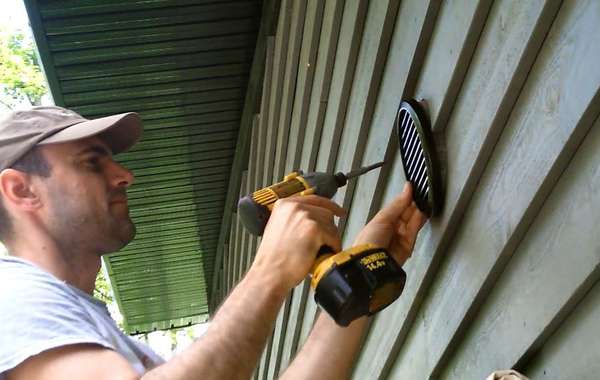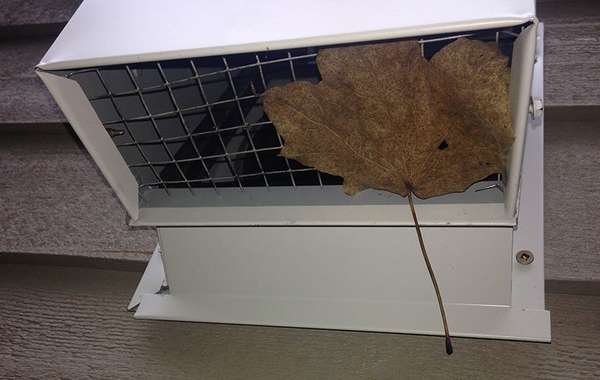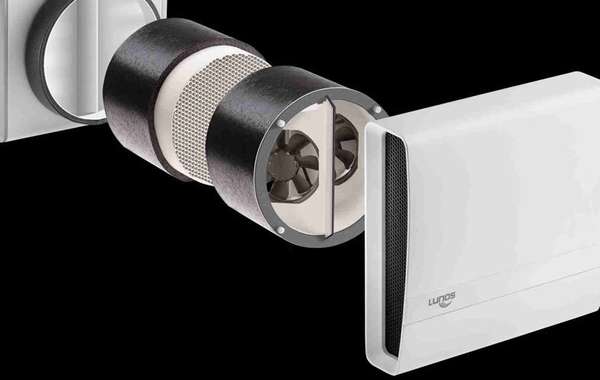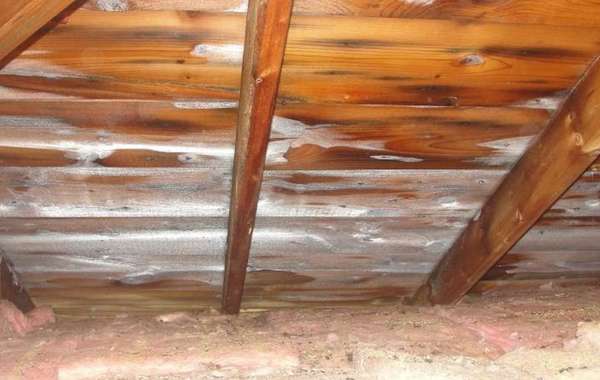Improving the efficiency of a home built in 1978 during renovations, do I need an HRV?
I'm looking for ways to tighten up the envelope as I make improvements. One question I have though is does it make sense to install an HRV in an older leaky home? There are lots of articles explaining the importance of balanced ventilation in tight homes, seems like air quality could/should be improved in older leaky homes as well. Or would the excessive air leaks make the HRV not effective?





























The only way to truly know if an HRV is required in an older home would be to do a blower door test to measure the rate of air leakage in your home. If you are improving the envelope and making your home more airtight, with luck you will get to the point where you need ventilation system to provide fresh air. But that really depends on how thorough a job you do. What sort of repairs are you doing? Either (or both) of the following pages may be helpful, both deal with how to make homes energy efficient, either by small repairs or full house renovations –
The easiest way to insulate walls from the exterior in older homes
Here are our top 10 energy-saving home improvement tips with the greatest return.
If you are insulating a home from the exterior and installing an air barrier, you may get to the point where you need a heat recovery ventilation (HRV) or a energy recovery ventilation unit . If so, a nice ductless HRV system for renovations can be a pretty appealing option since you don’t have to install duct work all around you house, you just need to run some low voltage wires, which is quite a bit less intrusive. Rather than having a central core that provides the heat exchange, each unit does it individually. You can learn more about it in our DIY Ductless HRV installation video.